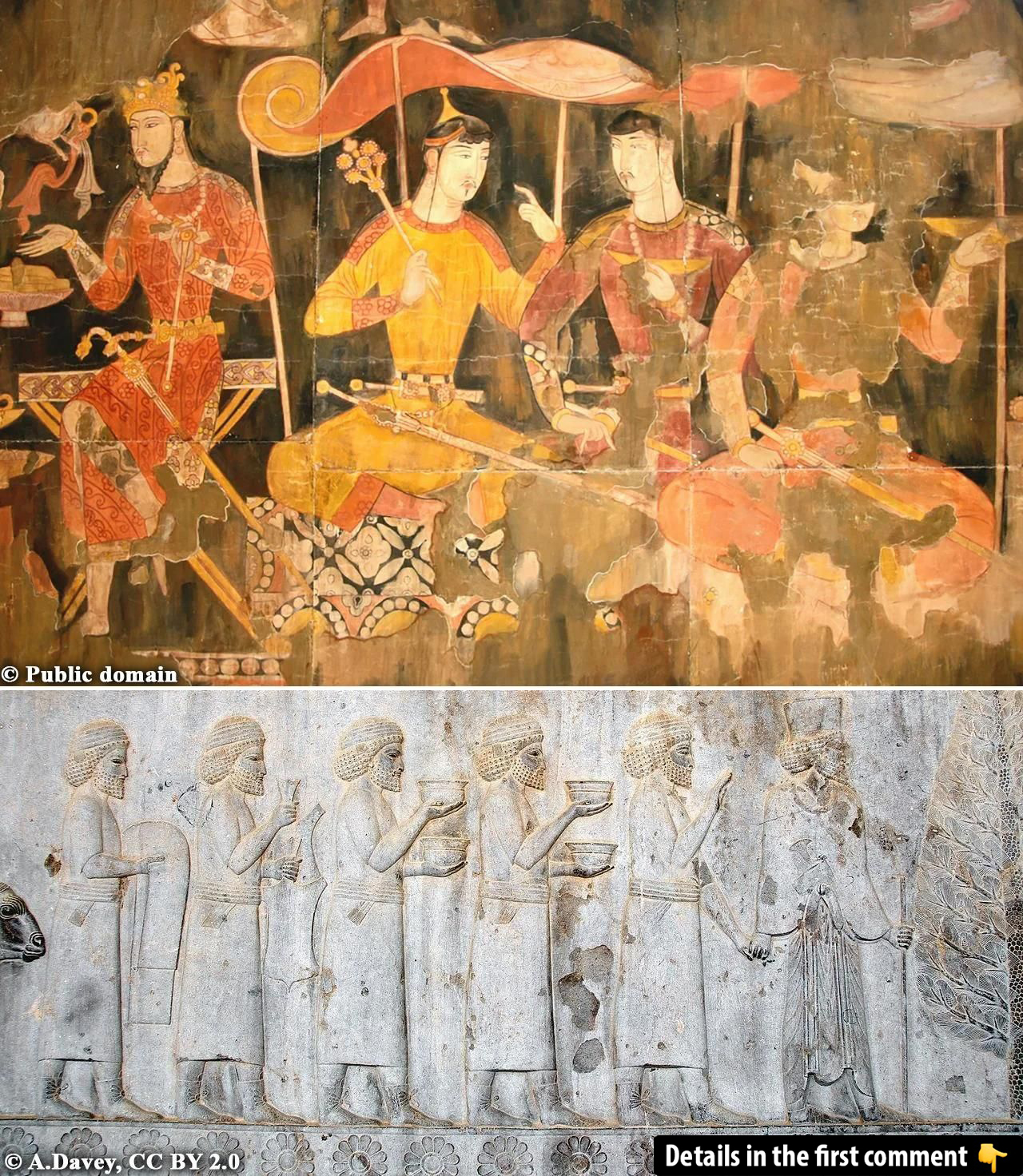The Sogdians, a people whose influence once spanned across the vast expanse of the Silk Road, have long been shrouded in mystery. Known for their crucial role as merchants and cultural intermediaries, they bridged the gap between East and West, shaping the exchange of goods, ideas, and cultures. Recent archaeological discoveries and genetic studies have begun to reveal the secrets of their origins and interactions with neighboring civilizations. As these ancient traders’ legacy comes to light, we gain a deeper understanding of their pivotal role in history.
The Sogdians: Origins and Early History
The Sogdians originated from Sogdiana, a region situated between the Amu Darya and Syr Darya rivers in present-day Uzbekistan, Kyrgyzstan, and Tajikistan. This strategic geographic location placed the Sogdians at the crossroads of major trade routes, enabling them to play a central role in the Silk Road exchange between China, Persia, and the Mediterranean. Their early history is marked by their adaptation to the diverse cultures surrounding them. The Sogdians were an Eastern Iranian-speaking people with a rich cultural background that allowed them to thrive as traders, artisans, and cultural intermediaries.
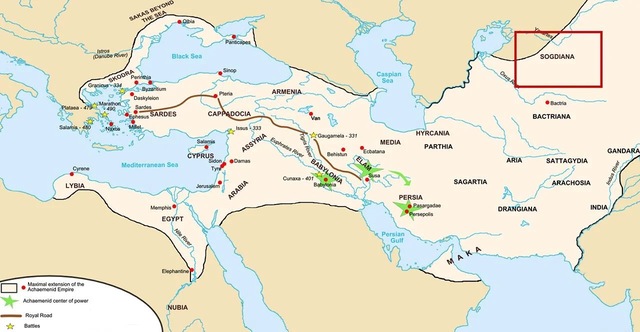
Initially, the Sogdians rose to prominence due to their linguistic and cultural flexibility. Their ability to speak multiple languages and engage with various cultures allowed them to facilitate trade and cultural exchange between different regions. As early as the 4th century BCE, Sogdians were trading silk, spices, and other goods, acting as essential players in the burgeoning trade network of the Silk Road.
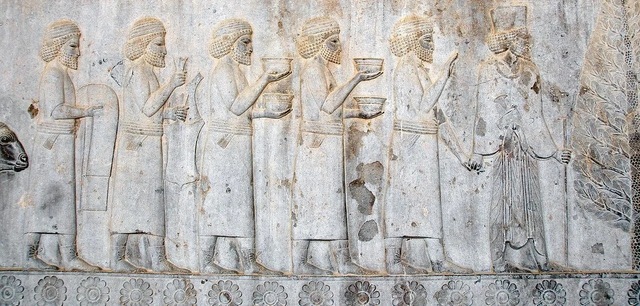
Video
Watch this documentary to learn about Sogdiana, the forgotten civilization of the Silk Road, and uncover its rich history and influence on ancient trade.
Archaeological Evidence: The Tang Dynasty Tomb Discovery
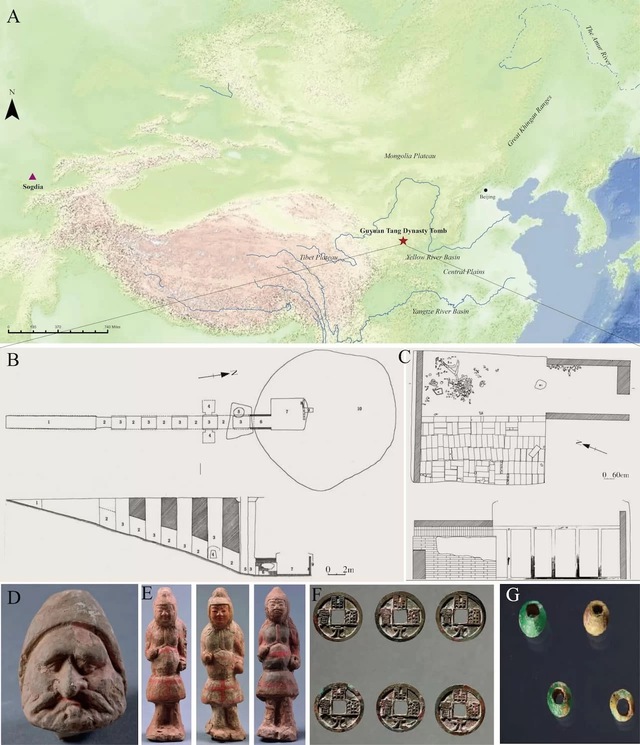
A major breakthrough in understanding the Sogdians’ role in the Silk Road came from the discovery of a Tang Dynasty tomb (M1401) in Guyuan, China. The tomb, excavated by the Ningxia Institute of Cultural Relics and Archaeology in 2014, contained invaluable artifacts that shed light on the lives of the Sogdians in China during the Tang Dynasty (618-907 CE). Among the significant findings were frescoes, coins, figurines, and glass beads, which illustrated the synthesis of Sogdian and Tang cultural elements.
Perhaps the most significant discovery was the presence of two skeletons, believed to be part of a Sogdian family. This Sogdian family burial provides crucial evidence of the integration of the Sogdians into local Chinese society. The findings highlighted the cultural and genetic intermingling that occurred between the Sogdians and the local Chinese population, deepening our understanding of the Sogdians’ role as cultural mediators along the Silk Road.

Genetic and Morphological Analysis: Unveiling the Sogdian Legacy
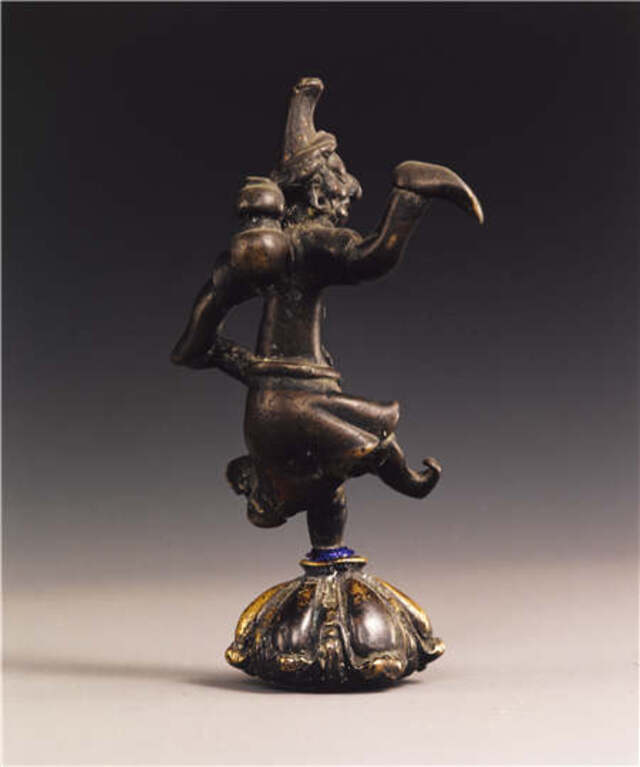
The two skeletons found in the Tang Dynasty tomb were subjected to detailed genetic and morphological analysis. The results revealed surprising genetic markers, reflecting the Sogdians’ diverse ancestry. One of the individuals, identified as SUTE1, showed a mix of Sogdian and Central Asian genetic markers, particularly from the Bactria-Margiana Archaeological Complex (BMAC), which is known for its rich archaeological history in Central Asia. The other individual, SUTE2, displayed closer genetic affinities to the local Chinese population of the Yellow River region, highlighting the Sogdians’ integration into Chinese society through intermarriage.
These findings provide strong evidence of the Sogdians’ role in fostering cultural assimilation along the Silk Road. By marrying into local populations, they not only enriched their own genetic diversity but also contributed to the cultural and social fabric of the regions they settled in. This genetic duality reflects the broader history of the Sogdians’ integration into various societies across the Silk Road.
Cultural Synthesis: How Sogdians Shaped and Were Shaped by Local Societie
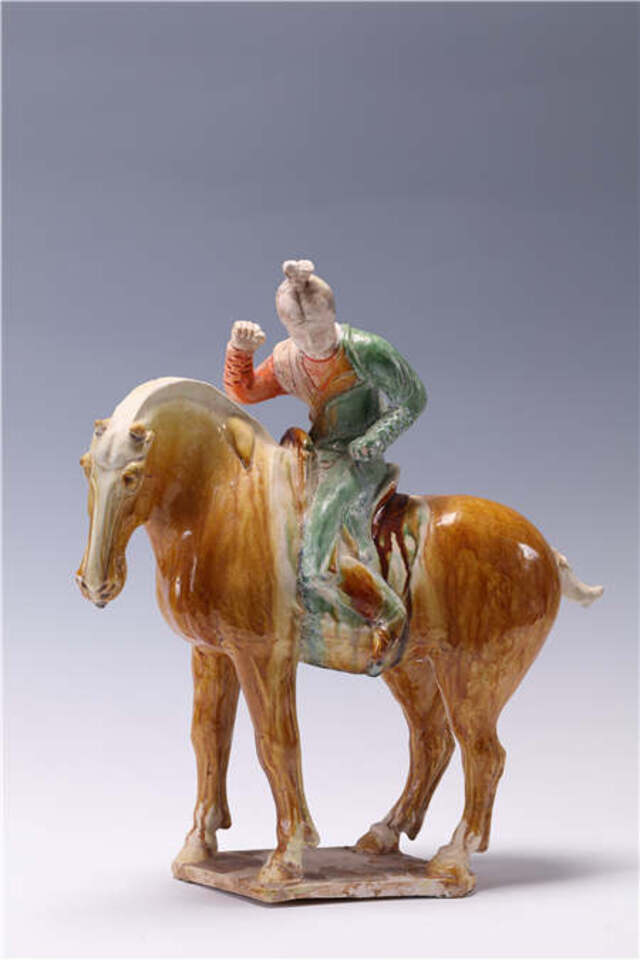
The discovery of the Sogdian tomb and its artifacts also demonstrates the cultural fusion that took place as a result of the Sogdians’ interactions with the local Chinese population. The fusion of Sogdian and Tang Dynasty elements in the tomb’s architecture and artifacts illustrates the dynamic exchange of cultural ideas that occurred along the Silk Road. The Sogdians brought with them their own traditions, art, and religious practices, while simultaneously adopting elements from Chinese culture, creating a unique synthesis that reflected the interconnectedness of these two powerful civilizations.
The Silk Road acted as a melting pot for cultures, where trade not only involved material goods but also ideas, art, and technologies. The Sogdians were at the heart of this exchange, acting as cultural brokers who facilitated the flow of knowledge between the East and West. The artifacts recovered from the tomb highlight how the Sogdians both preserved their cultural identity and adapted to the diverse societies they interacted with, further solidifying their role as intermediaries on the Silk Road.
Sogdian Influence on Trade and Culture: A Bridge Between East and West
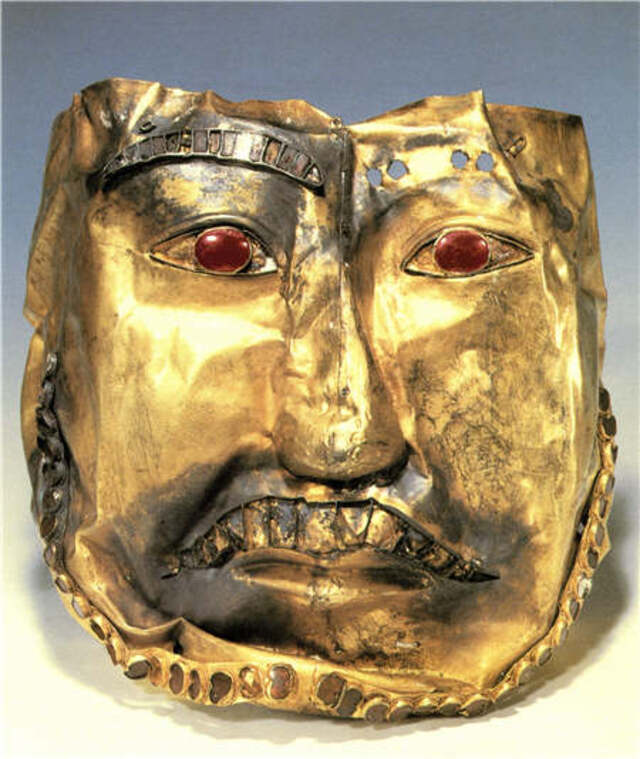
The Sogdians played a critical role in bridging the gap between the Eastern and Western worlds, facilitating trade and cultural exchange along the Silk Road. Their strategic position in Central Asia allowed them to serve as intermediaries between China, Persia, and the Mediterranean. Through their trade networks, the Sogdians introduced goods such as silk, spices, and precious metals to new markets, while also importing products and ideas from the West, including glassware, textiles, and art.
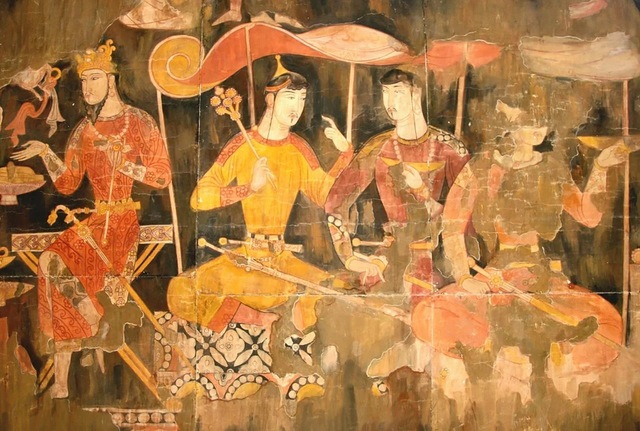
In addition to their contributions to trade, the Sogdians also influenced the cultural and intellectual exchange that took place along the Silk Road. They were responsible for the transmission of artistic styles, religious beliefs, and technological innovations between East and West. The Sogdian language, for example, became a lingua franca of the Silk Road, facilitating communication and trade across vast distances. Their impact on the art, architecture, and religious practices of the regions they inhabited is still evident today in the cultural landscapes of Central Asia and beyond.

Video
Check out this video to explore a StoryMap of the Silk Road, using GIS technology to uncover the ancient trade routes and their historical significance.
Conclusion: The Enduring Mystery of the Sogdians
The Sogdians’ story is one of adaptation, cultural exchange, and enduring influence. Through archaeological discoveries and genetic research, we have gained a deeper understanding of their origins, migration, and cultural interactions. As one of the most important and enigmatic peoples of the Silk Road, the Sogdians played a crucial role in shaping the ancient world. Their legacy, both cultural and genetic, continues to resonate across the regions they once inhabited, reminding us of the profound impact of trade, communication, and cultural exchange on the development of civilizations.
While much remains to be uncovered about the Sogdians, their contributions to the Silk Road and the lasting impact of their culture are undeniable. Ongoing research and discoveries continue to shed light on their complex history, offering new insights into one of the most fascinating cultures in ancient history.
